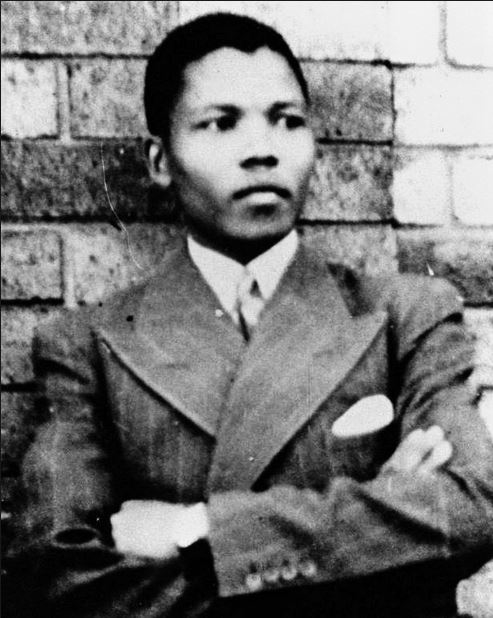Resistance to apartheid within South Africa took many forms over the years, from non-violent demonstrations, protests and strikes to political action and eventually to armed resistance. Together with the South Indian National Congress, the ANC organized a mass meeting in 1952, during which attendees burned their pass books. A group calling itself the Congress of the People adopted a Freedom Charter in 1955 asserting that “South Africa belongs to all who live in it, black or white.” The government broke up the meeting and arrested 150 people, charging them with high treason.
In 1960, at the black township of Sharpesville, the police opened fire on a group of unarmed blacks associated with the Pan-African Congress (PAC), an offshoot of the ANC. The group had arrived at the police station without passes, inviting arrest as an act of resistance. At least 67 blacks were killed and more than 180 wounded. Sharpesville convinced many anti-apartheid leaders that they could not achieve their objectives by peaceful means, and both the PAC and ANC established military wings, neither of which ever posed a serious military threat to the state. By 1961, most resistance leaders had been captured and sentenced to long prison terms or executed. Nelson Mandela, a founder of Umkhonto we Sizwe (“Spear of the Nation”), the military wing of the ANC, was incarcerated from 1963 to 1990; his imprisonment would draw international attention and help garner support for the anti-apartheid cause.
A&E Television Networks LLC (2015).Apartheid. Geraadpleegd op 28-10-2015 van http://www.history.com/topics/apartheid
